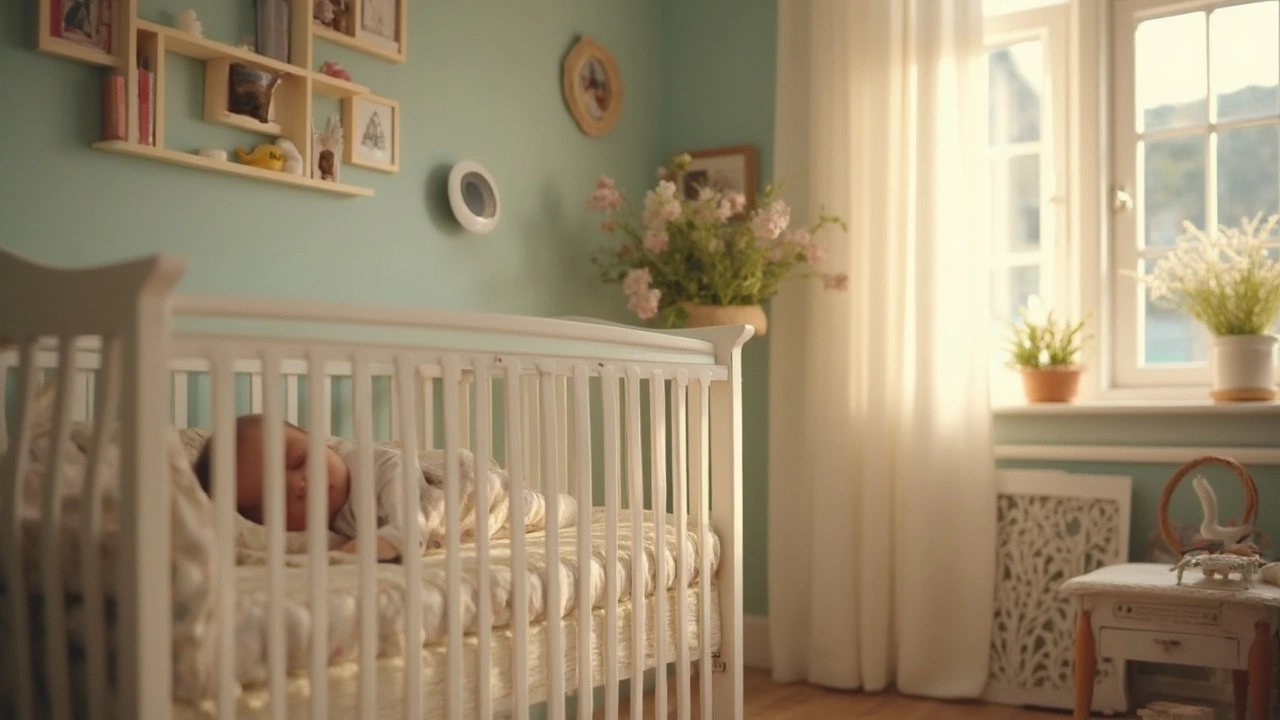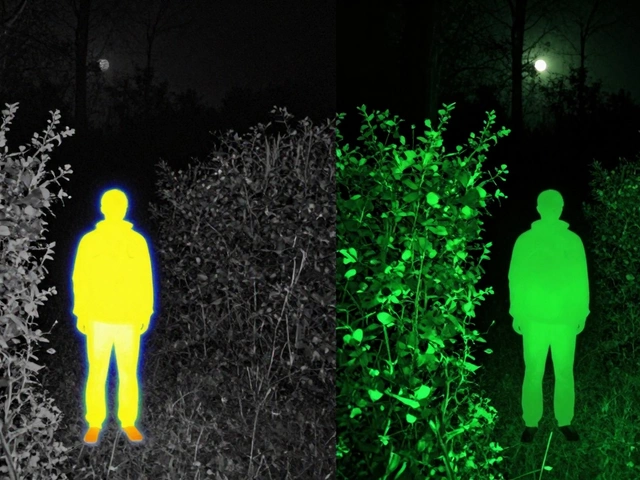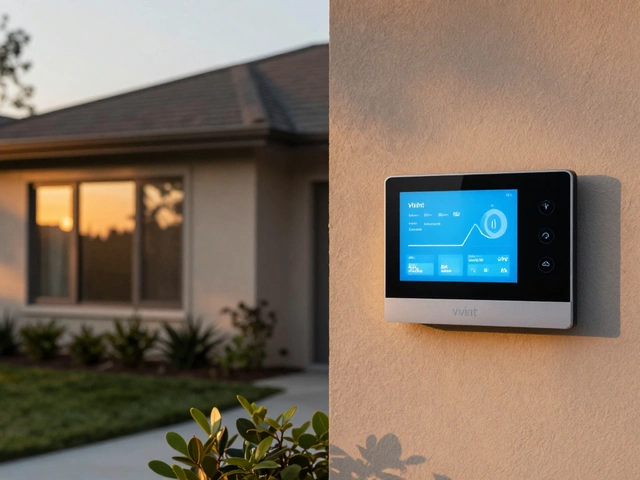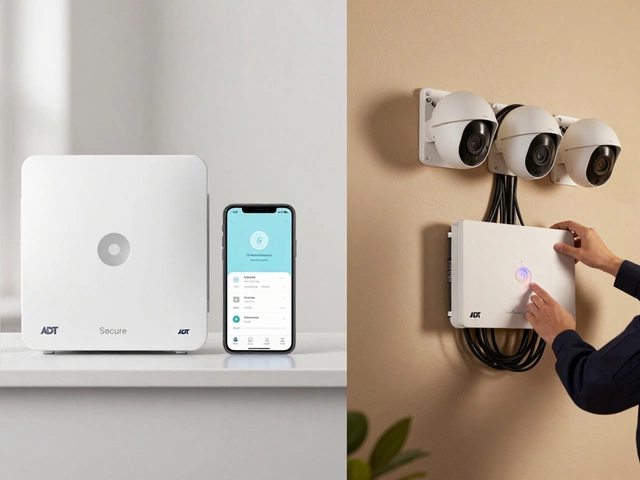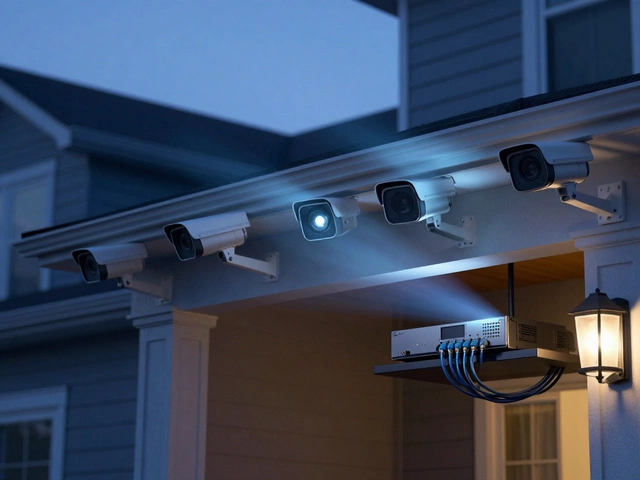Monitor Placement Guide: Where to Put Your Security and Baby Monitors
Getting the right view is half the battle when you’re setting up a monitor. A camera in the wrong corner can miss a break‑in, and a baby monitor placed behind a metal shelf can lose signal in minutes. Below you’ll find straight‑forward tips that work for any monitor – whether it’s watching the front door or keeping an eye on bedtime.
Key Factors for Perfect Placement
Line of sight. Anything that blocks the view – walls, furniture, large appliances – will create blind spots. Aim the camera or monitor lens at the area you need to see with as few obstacles as possible. A slight angle is fine, but avoid pointing straight at bright windows because glare can wash out the picture.
Height matters. For indoor security cameras, mounting 8–10 feet up gives a wide field without capturing too much floor detail. Baby monitors are better a little lower, around 4–5 feet, so you can see the crib without straining your neck.
Power source. Wired monitors need a nearby outlet. If you’re using a battery‑powered model, position it where you can easily change the batteries without climbing ladders. Some units work with PoE (Power over Ethernet) – those need a router or switch nearby.
Wi‑Fi strength. A monitor that relies on Wi‑Fi will drop quality if it’s too far from the router. Use a Wi‑Fi analyzer app to find the strongest spot. If the signal is weak, consider a range extender or a wired back‑haul.
Weather protection. Outdoor monitors need a rain‑proof housing and a shaded spot to avoid overheating. Place them under eaves or install a small awning if the sun hits them all day.
Placement Tips for Different Monitor Types
Security cameras at entry points. Put the main front‑door camera about 7 feet high, angled down 15° to capture faces and the door handle. Add a secondary wide‑angle lens on the side to see the driveway. For back‑yard cameras, angle them to include the gate and hidden corners where an intruder could hide.
Indoor motion sensors. Mount PIR sensors on walls 6‑7 feet high, away from direct sunlight or heating vents. A hallway corner works well because motion passes through it on the way to other rooms.
Baby monitors. Position the camera so it sees the whole crib and any attached changing table. Avoid placing it behind TVs or large metal objects that can block the signal. If you’re using a video monitor with night vision, make sure the infrared LED isn’t pointing at the baby’s eyes.
Video doorbells. Install them at the same height as the existing doorbell (around 4 feet). Ensure the chime wiring is compatible if you’re using a wired model; otherwise, a battery‑run doorbell can go anywhere near the entrance as long as it can still connect to your Wi‑Fi.
Monitors in large homes. For multi‑storey houses, place a central hub on the main floor and use repeaters on each level. This keeps the signal strong and reduces lag when you view feeds on a phone.
By keeping line of sight clear, mounting at the right height, and checking Wi‑Fi strength, you’ll get crisp video and reliable alerts every time. Test each placement for a few minutes before you finalize it – a quick walk‑by or a short test call can reveal blind spots you might have missed. With these simple steps, your monitors will work exactly as they should, giving you peace of mind without the hassle.

